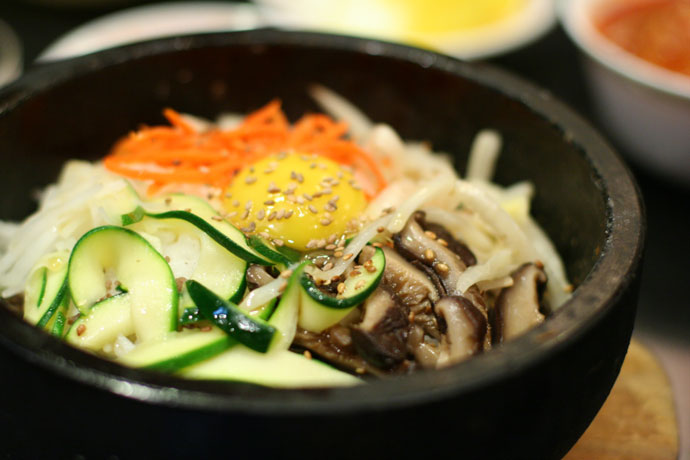This is a short one going out to those who say that don't, can't or aren't good at cooking. As many of you know one of my passions and my almost daily hobby is cooking (hence the blog) and so I want to share a few bits I have learned along the way.
#1 Cooking is not science as many might have you believe. In many cases a recipe is an awesome way to go, but it sure as hell makes it a chore to measure stuff out, second guess yourself and try to time things based on a slip of paper written out by someone else. On this site I will have quite a few recipes, that being said none of my recipes include, as you may have noticed, any real measurements. The hope is for people to check them out for the basic guidelines and to make something that really suits them.
#2 Get some herbs and spices and mess around with them. As mentioned above this is really not a science. As each person has varying tastes, there is no one recipe. If you stock a good supply of the basics (mine are: basil, oregano, good quality pepper, cumin, coriander, and pepper flakes) you can make an amazing variety of foods with wildly differing tastes. This along with having the basic flavour veggies (garlic, onions, ginger) will serve you better than anything I could post on this page.
#3 Cook for others. Having people over to cook with you or just to eat your food is a great way to get you out of a cooking rut. It is also valuable having other people with different tastes to give you honest feedback about how you can improve.
#4 Depth of flavour: by mixing the correct herbs and spices it is possible to have a good depth of flavour without much effort. When I first began to understand depth of flavour is when my cooking really began to take off. The food you are cooking should appeal to all parts of the mouth and should ideally leave a nice after taste. Quick steps to a good depth of flavour are as follows. Use soy sauce anywhere it seems reasonable and places it does not. Any red sauce made by me has at least a splash of soy sauce and a little bit of vinegar. Another ingredient that is amazing (which I only recently discovered) is Korean chili flakes. These are dark red, used for kimchi and to be honest almost all Korean foods. They are not very spicy at all and so can be used by the handful, and they will provide most dishes with an amazing smokey taste (including but not limited to chili, pasta sauce, curry, soups, fried anything, and sauces.)
#5 Taste it, taste it, taste it. If you do not taste as you cook, there is no way to build the meal. if you taste and tweak as you go it is almost impossible to make something that does not taste good. Season as you go and don't be too afraid to add too much. I often add a new spice along with each new ingredient. The real pain for people new to cooking is tasting your food and having no idea how to improve it. When in doubt, add more salt, pepper, and the flavour deepening ingredients above.
#6 Finally start the dish with ingredients that can't fail. Damn near everything I cook begins with onions sauteed in the bottom of my pot or pan, and way more often than not this is followed 1-2 mins after by crushed garlic. If you start with these ingredients a few mins before your other veg. you are guaranteed to have at least some flavour from the get go. In addition to this, cook with fresh vegetables, preferably those that are in season. Shop at small markets over the big supermarkets as their food is normally better quality and less size and shape oriented as has become the norm in North America and Europe.
I hope this has been helpful, please feel free to share you experiences in the kitchen and as always I am looking forward to suggestions on Korean dishes people want to see up here.




